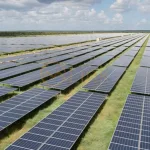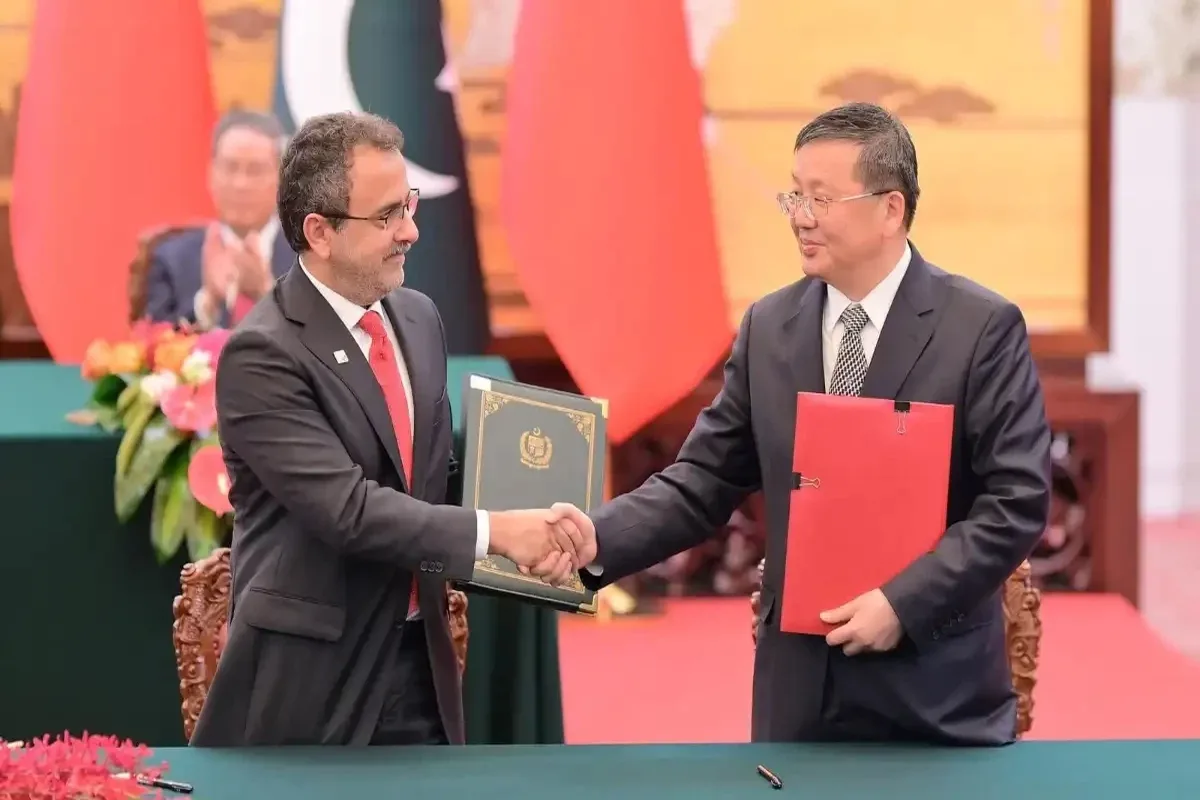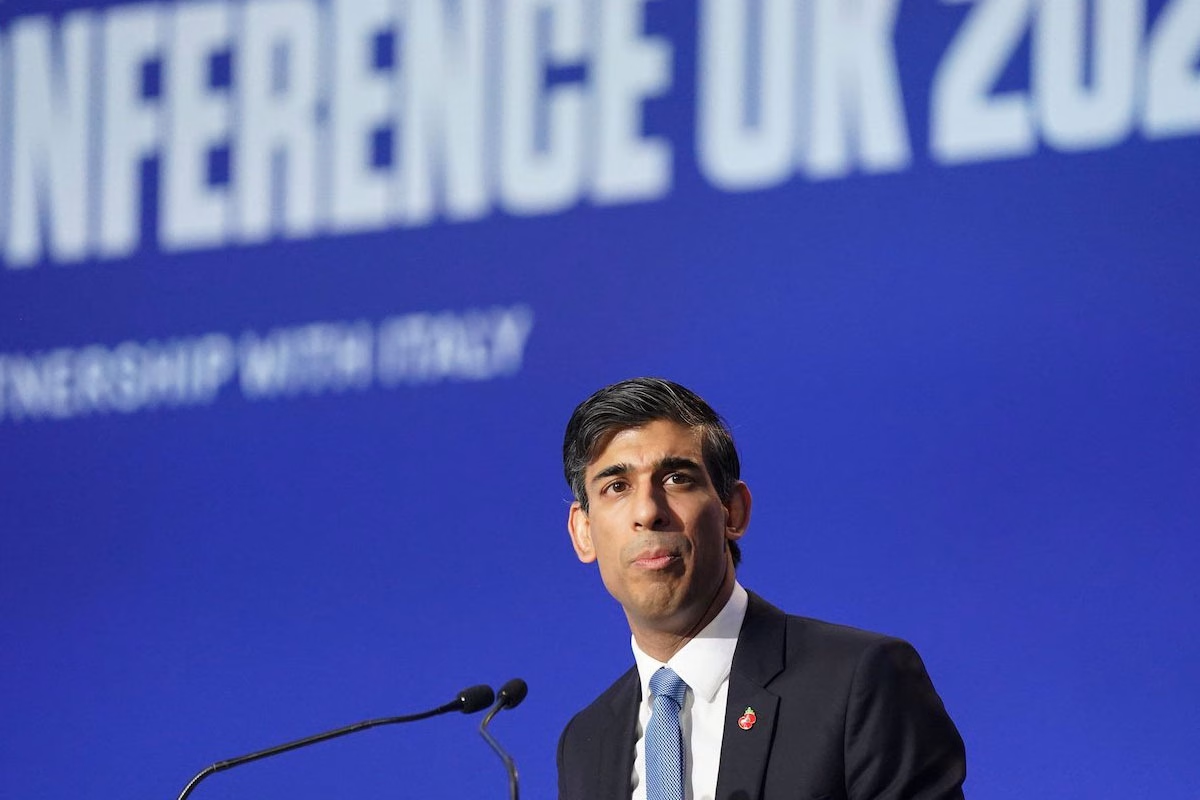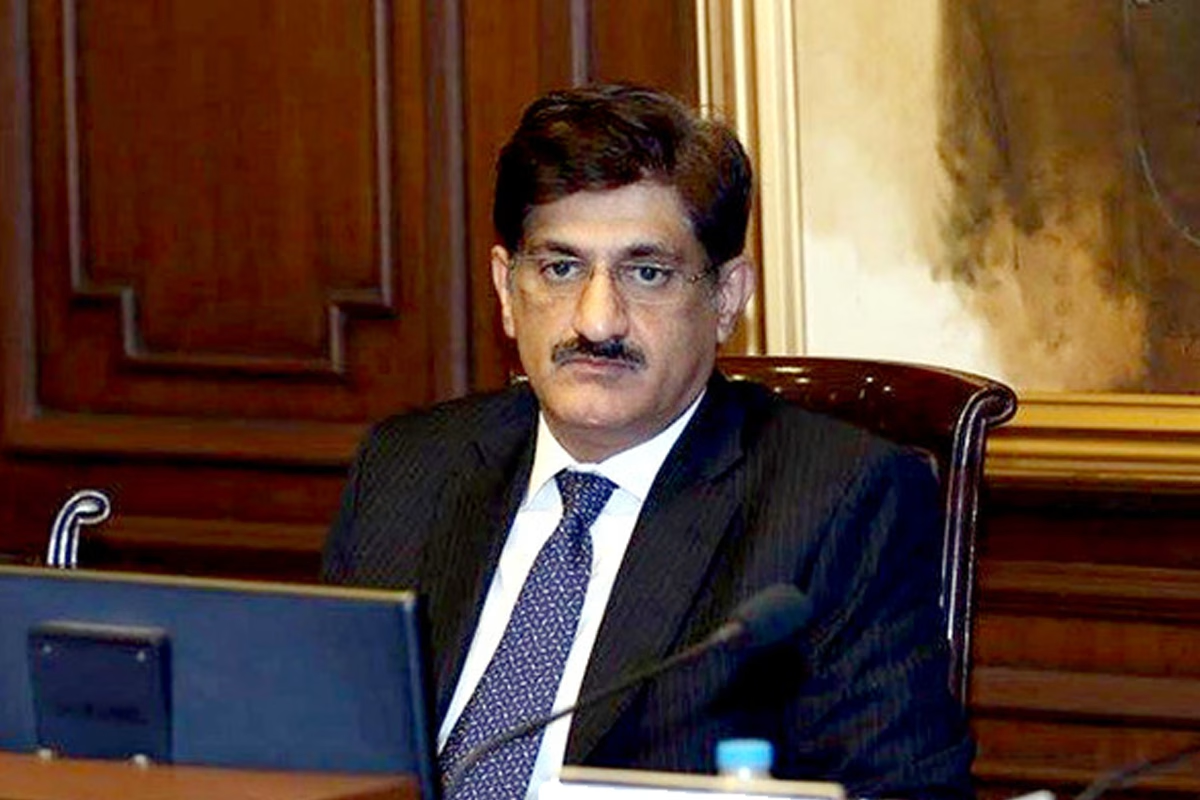
CCP Approves Acquisition in Pakistan’s Solar Market
July 11, 2024
PM to take action against officials for electricity overbilling
July 24, 2024This month, Pakistan will request Chinese power plants operating in the country to switch from imported coal to coal from Pakistan’s Thar region, according to the power minister. Islamabad may also start discussions on restructuring Pakistan’s energy sector debt during a visit to Beijing, Awais Leghari, head of the energy ministry’s Power Division, told Reuters.
Leghari will join a delegation to discuss power sector reforms suggested by the International Monetary Fund (IMF), which recently approved a $7 billion bailout for Pakistan. China has invested over $20 billion in energy projects in Pakistan.
“One of the main objectives of the visit is to convert our imported coal units to local coal, which would significantly impact energy costs in the near future,” Leghari said in an interview. This transition would benefit Chinese-owned plants in Pakistan by reducing pressure on Islamabad’s foreign exchange reserves, easing dividend repatriation, and offering better returns in dollar terms.
Leghari estimated that switching to local coal could save Pakistan more than 200 billion Pakistani rupees ($700 million) annually in imports, lowering electricity prices by up to 2.5 Pakistani rupees per unit. In April, a subsidiary of Engro agreed to sell its thermal assets, including Sindh Engro Coal Mining, to Pakistan’s Liberty Power, citing Pakistan’s foreign exchange issues and local coal potential.
Leghari did not provide details on potential debt restructuring talks with China. Pakistan’s power sector has been troubled by high rates of power theft and distribution losses, leading to accumulating debt, a concern raised by the IMF. The government is implementing reforms to reduce “circular debt”—public liabilities in the power sector due to subsidies and unpaid bills—by 100 billion Pakistani rupees ($360 million) annually, Leghari said.
A previous IMF bailout included raising power tariffs, affecting poor and middle-class households. For the first time in 16 years, Pakistan’s annual power use is expected to decline as higher tariffs curb household consumption, despite near-record summer temperatures boosting air conditioning and fan use.
“We have seen a declining demand trend in the past year or year and a half, and we expect this to continue unless we rationalize power prices,” Leghari said, noting the government’s challenge to stop the demand from shrinking. He added that higher per-unit tariffs are pushing both urban and rural households towards alternatives like solar power.
“Currently, we have close to 1,000 megawatts on the grid from net metering systems and other sources. It’s a very conservative estimate that solar capacity could be five to six times more than that on the grid right now,” Leghari said.




